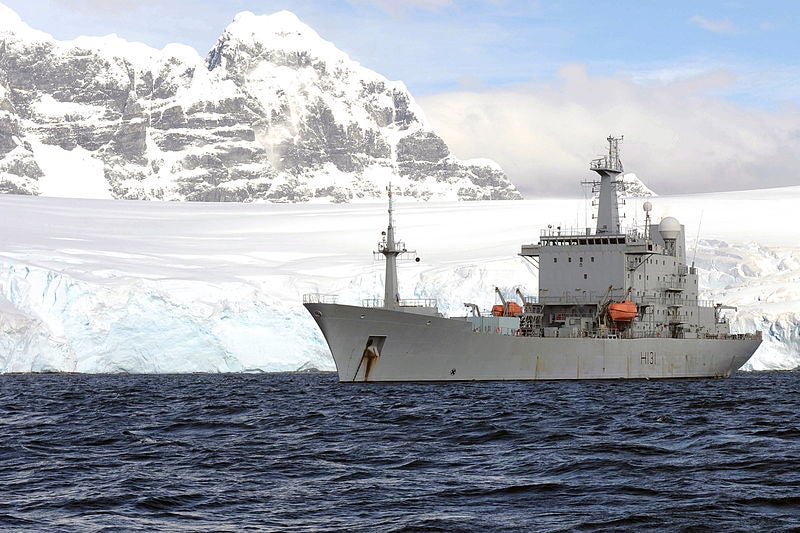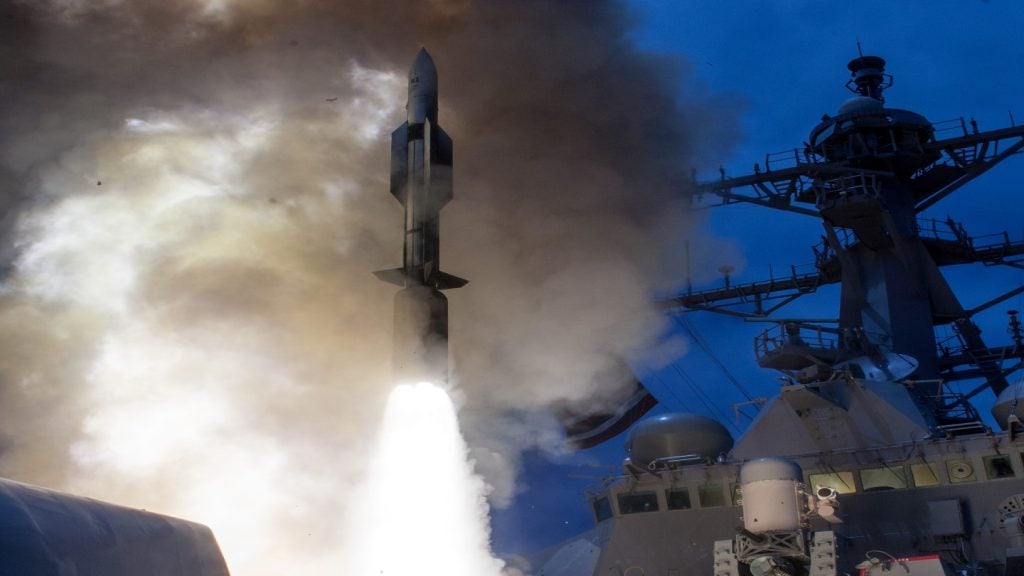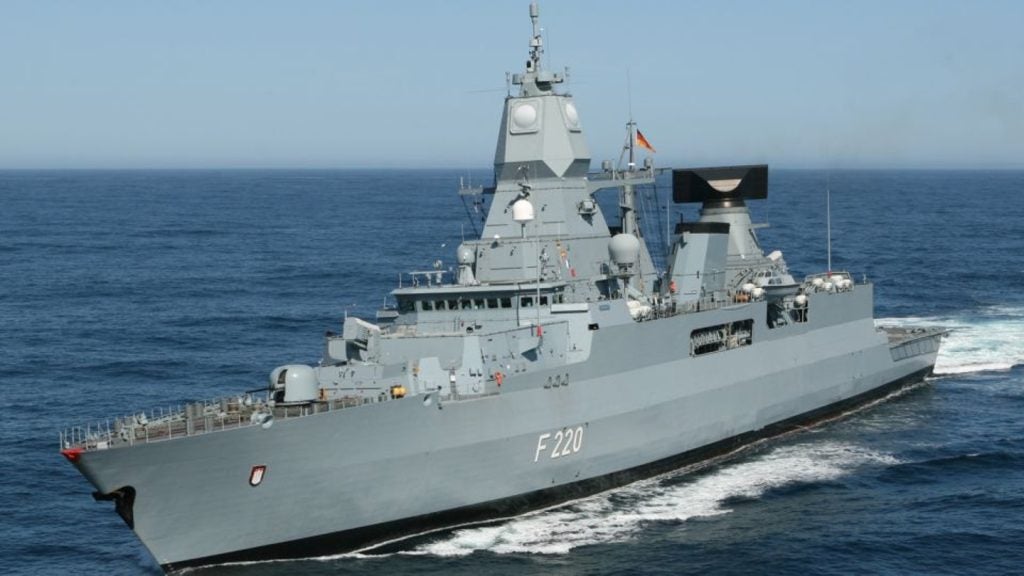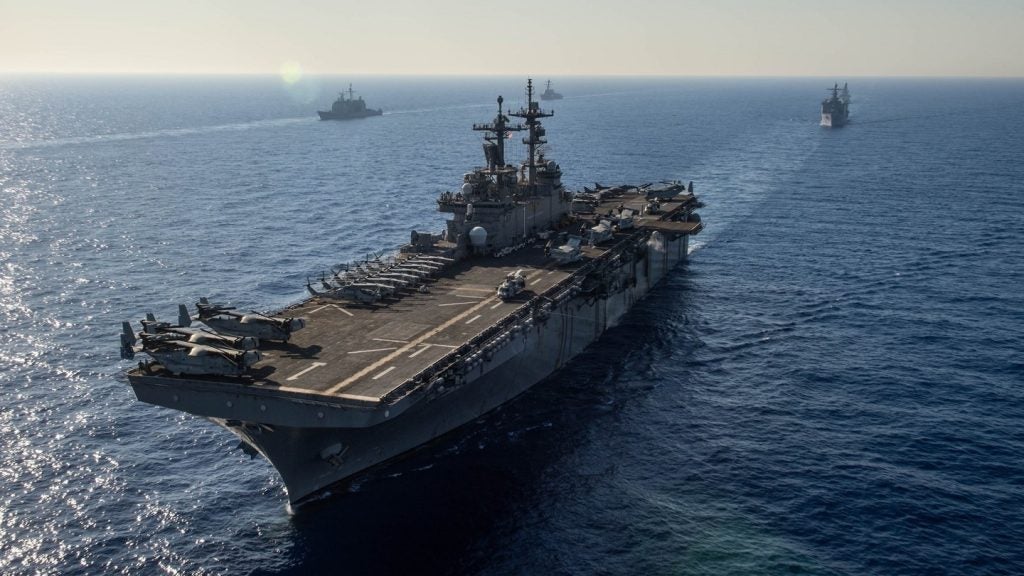
Babcock has completed a refit of the UK Royal Navy’s ocean survey vessel, HMS Scott (H131), at its facilities in Rosyth, Scotland.
The overhaul programme on HMS Scott started following its arrival at Babcock’s Rosyth site in May.
Under the refurbishment programme, several upgrades and improvements were added to the vessel, including a starboard main engine replacement.
During the programme, Babcock restored four diesel generators and revamped the windlass on the vessel. The company also performed an extensive tank inspection and Lloyd’s Register survey and tank rectification work.
In addition, the vessel received a full top paint coat of the outer hull and a complete paint job.
Babcock Rosyth site managing director Sean Donaldson said: “The team working on HMS Scott committed to a programme of long shifts, and went above and beyond to deliver everything required following an increase in the work package.
How well do you really know your competitors?
Access the most comprehensive Company Profiles on the market, powered by GlobalData. Save hours of research. Gain competitive edge.

Thank you!
Your download email will arrive shortly
Not ready to buy yet? Download a free sample
We are confident about the unique quality of our Company Profiles. However, we want you to make the most beneficial decision for your business, so we offer a free sample that you can download by submitting the below form
By GlobalData“This was achieved through novel methods such as engineering a connection point for external hoses, which allowed filling of the tanks to take place through the ballast system, rather than the tanks themselves. This reduced the filling time from three weeks to six days.”
The refit saw the involvement of a dedicated team of 150 workers, which included welders, electricians, slingers, pipe workers, painters, commissioning engineers, and fabricators.
After completion of work at Rosyth, HMS Scott sailed for Devonport at the end of last month.
UK Ministry of Defence cluster support team project manager/technical superintendent Jon Bisby said: “The vessel departed Rosyth in a greatly improved condition to carry out her upcoming programme of training, before returning to tasking in the near future.”
The 13,500t HMS Scott is fitted with a modern high-resolution multi-beam sonar system, which is designed to collect depth information over a strip of the seabed several kilometres wide and survey 150km² of ocean floor every hour.







